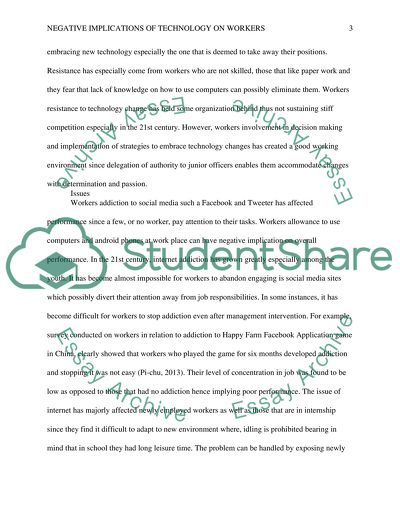Cite this document
(“Problems in the Workplace Essay Example | Topics and Well Written Essays - 3000 words”, n.d.)
Problems in the Workplace Essay Example | Topics and Well Written Essays - 3000 words. Retrieved from https://studentshare.org/human-resources/1677296-problems-in-the-workplace
Problems in the Workplace Essay Example | Topics and Well Written Essays - 3000 words. Retrieved from https://studentshare.org/human-resources/1677296-problems-in-the-workplace
(Problems in the Workplace Essay Example | Topics and Well Written Essays - 3000 Words)
Problems in the Workplace Essay Example | Topics and Well Written Essays - 3000 Words. https://studentshare.org/human-resources/1677296-problems-in-the-workplace.
Problems in the Workplace Essay Example | Topics and Well Written Essays - 3000 Words. https://studentshare.org/human-resources/1677296-problems-in-the-workplace.
“Problems in the Workplace Essay Example | Topics and Well Written Essays - 3000 Words”, n.d. https://studentshare.org/human-resources/1677296-problems-in-the-workplace.


